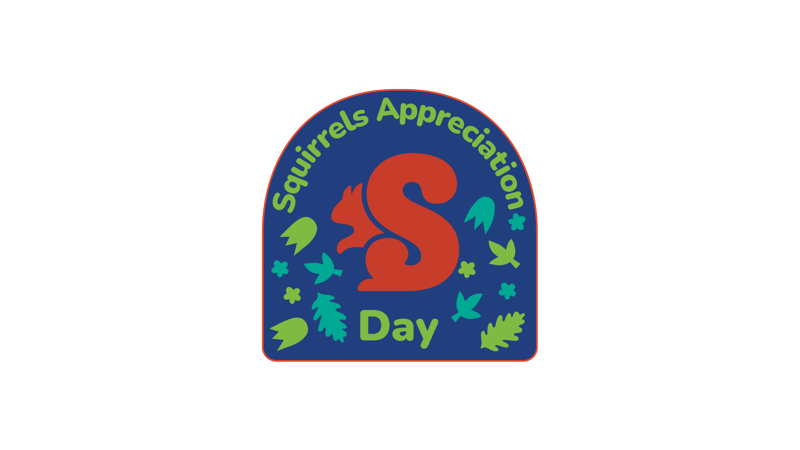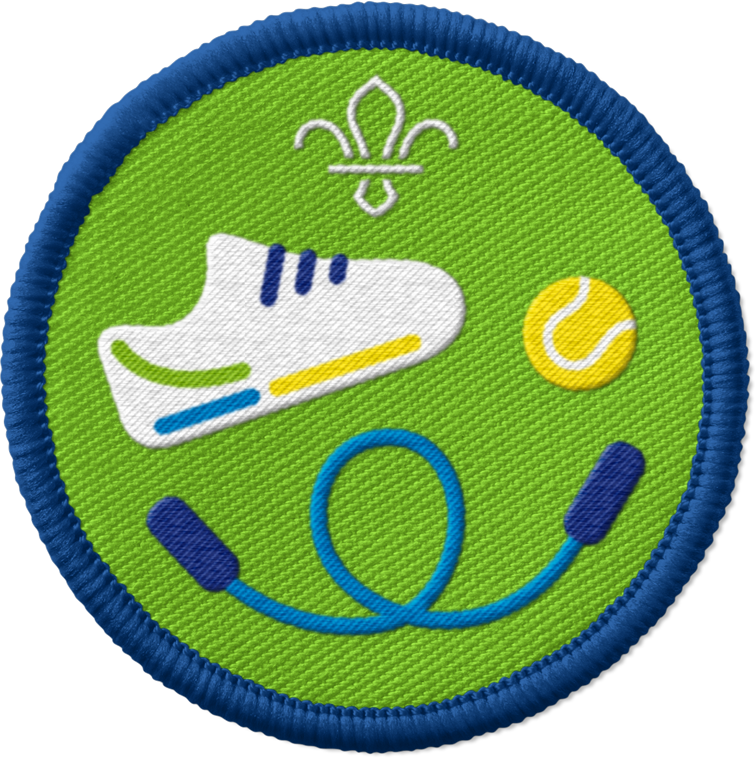
Play Squirrel’s Coming
Before you begin
- Use the safety checklist to help you plan and risk assess your activity. Additional help to carry out your risk assessment, including examples can be found here. Don’t forget to make sure all young people and adults involved in the activity know how to take part safely.
- Make sure you’ll have enough adult helpers. You may need some parents and carers to help if you’re short on helpers.
Planning this activity
- You could do this activity for Squirrel Appreciation Day on 21 January and get your paws on a fun badge from Scout Store.
Learning the game
- One member of the group’s the Chief Squirrel. This person will call out the commands. It could be a young member, a young leader or an adult volunteer.
- Everyone else should stand in the centre of the space, ready to respond to the commands with the appropriate action.
- Everyone should practice the Chief Squirrel’s commands. Introduce the commands at a pace suitable for the group. If a young member is being the Chief Squirrel, a young leader or adult volunteer could introduce the actions first.
You could choose a selection from or all the following:
- Squirrels scurry: Run round the space pretending to be a squirrel.
- Bury an acorn: Kneel down and pretend to bury some food.
- Hibernate: Curl up on the floor and pretend to sleep.
- Build a drey: Pretend to pick up sticks to make your nest.
- Climb a tree: Pretend to climb a tree,
- Shake your tails: Pretend to have a tail and wave it around.
- Hide from predators: Crouch on the floor with hands over your eyes.
- Oak, Elm, Birch or Maple: Assign a corner or side of the meeting space to each tree. Everyone must run to the correct one when it’s called. You could stick up a picture of each type of tree or leaf to help remind everyone, too.
- Dogs: Everyone must run to any of the tree spaces (Oak, Elm, Birch or Maple).
- Catch leaves: Move around space pretending to catch falling leaves to add to your drey.
Playing the game
- You could have a practice round, where you read out each action.
- Once everyone knows the commands, play the game.
- Everyone must do the correct action as quickly as they can. You could speed up the game as you go along.
- You could add a competitive element, such as the last person to do the action being out. The person who’s out can then help the Chief Squirrel call out the commands.
- The person left at the end of the game is the winner.
Reflection
This activity was about being active, which is good for our bodies, and to help use some energy, so we can get ready to focus. It was also a good chance to learn a bit about squirrels.
Here are some reflection questions you may want to use:
- Why do you think it’s important to move our bodies and have some fun playing games?
- Did you learn anything about squirrels while playing the game?
- What surprised you about squirrels?
- Which action was your favourite and why?
- Do you think you and a squirrel have anything in common?
- What’s your favourite thing about squirrels?
Safety
All activities must be safely managed. You must complete a thorough risk assessment and take appropriate steps to reduce risk. Use the safety checklist to help you plan and risk assess your activity. Always get approval for the activity, and have suitable supervision and an InTouch process.
- Active games
The game area should be free of hazards. Explain the rules of the game clearly and have a clear way to communicate that the game must stop when needed. Take a look at our guidance on running active games safely.
- You can adapt the actions to suit your group. It’s up to you how many different actions you use, and how simple or complicated each action is. To make the game harder, you could introduce more actions as you go or speed up.
- To help people remember the actions, the Chief Squirrel, volunteers and young leaders could carry out the action after the command’s been called out.
- You can adapt how you play the game. You can choose how fast you play and whether you make it competitive.
- You could add some more competitive elements and more complicated actions. For example, you could try:
- Build a drey (2,3,4,5) – Players must get into a group of that number of people as quickly possible. For example ‘Build a drey, 3!’ players must get into groups of three. Anyone without a group or with a lower number in their group could be out.
- Choose actions that everyone will be able to do, so everyone can join in.
- You could use some Makaton signs, or create your own signs or signals, to help communicate each of the commands.
- If some people may struggle to do the actions quickly, you could play the game so that no-one goes out. People could just enjoy doing the actions.
All Scout activities should be inclusive and accessible.
You could try playing the game as other animals. Why not try animals linked to other Scout sections? You could use beavers for Beavers and wolves or characters from the Jungle Book for Cubs.
You could challenge the group to come up with their own actions, too.
